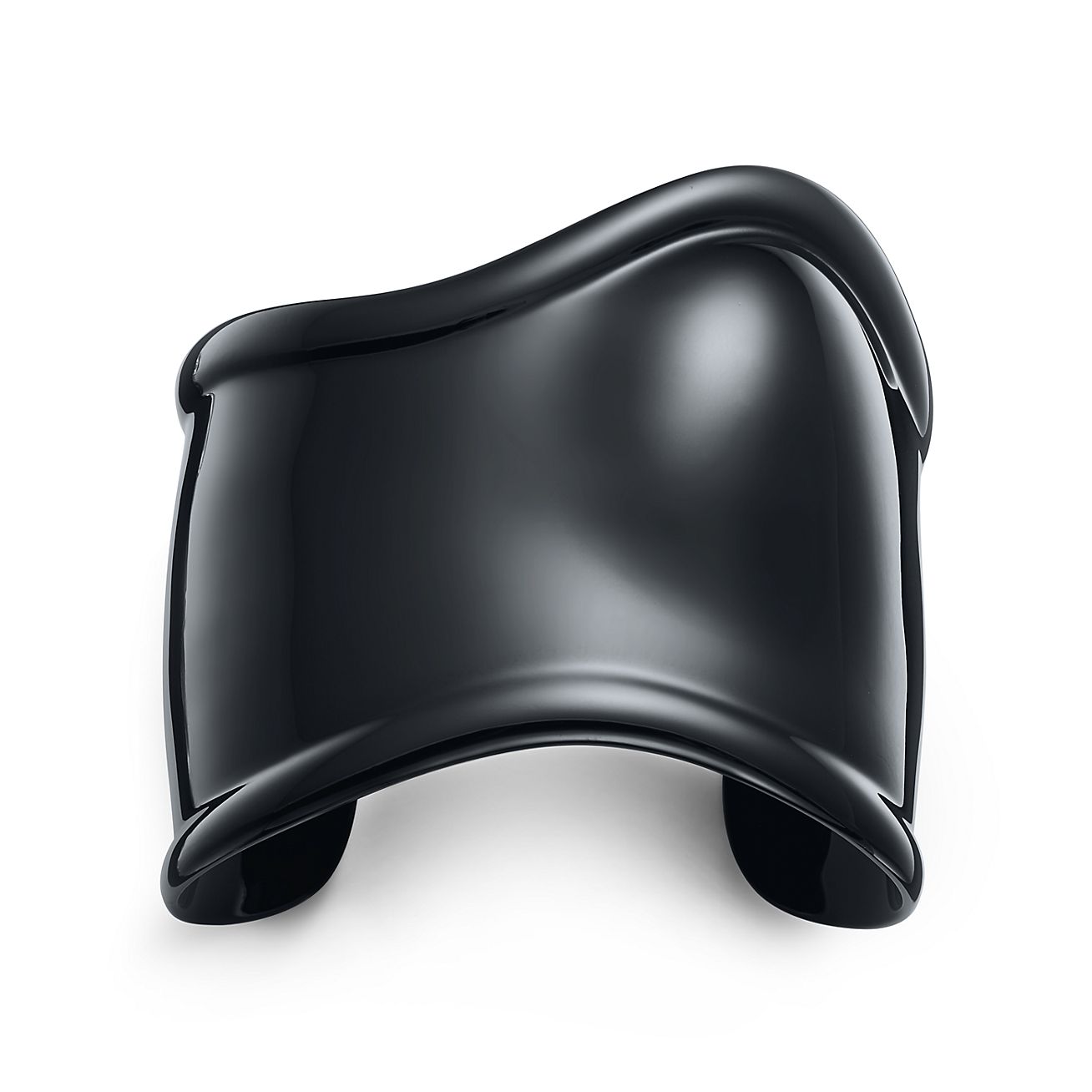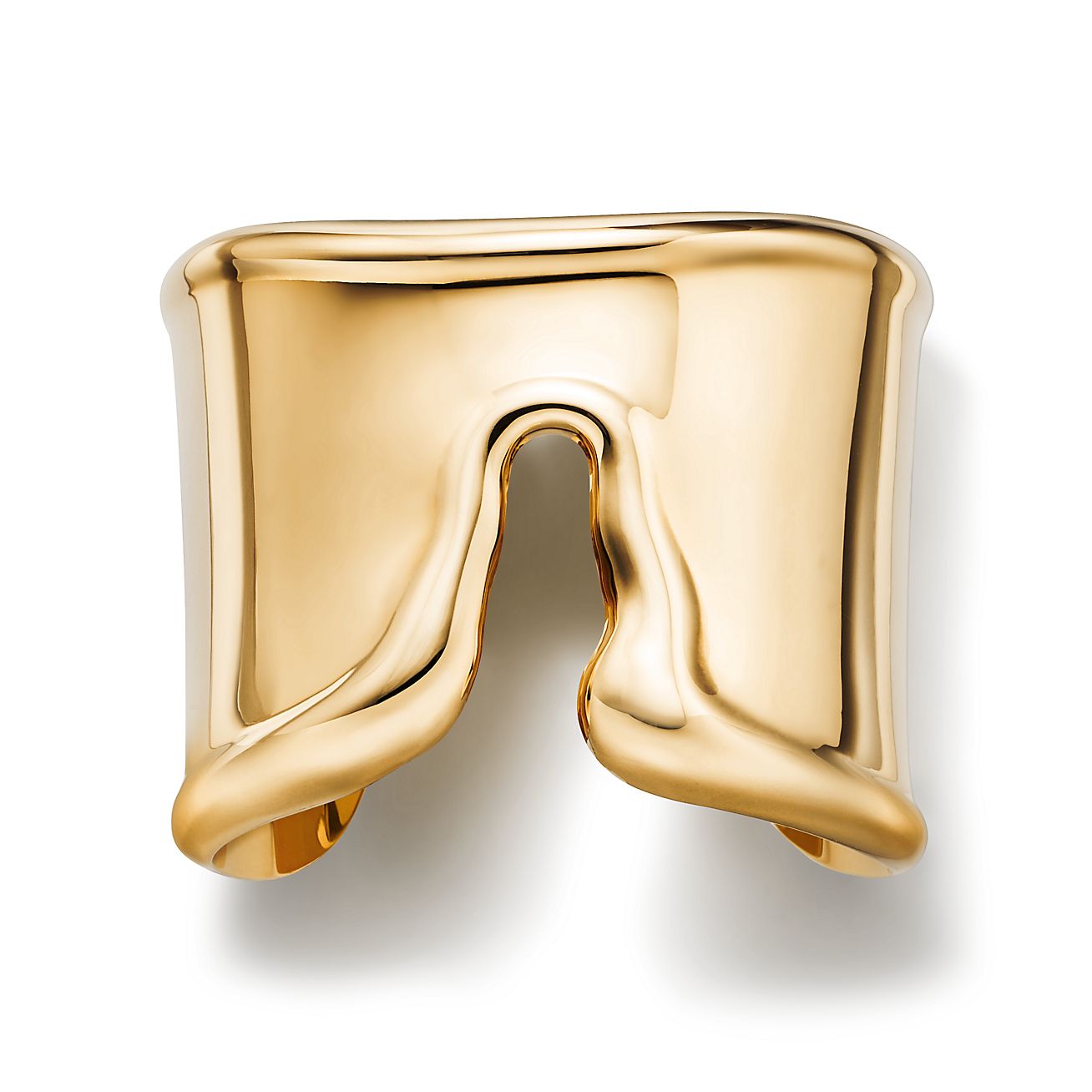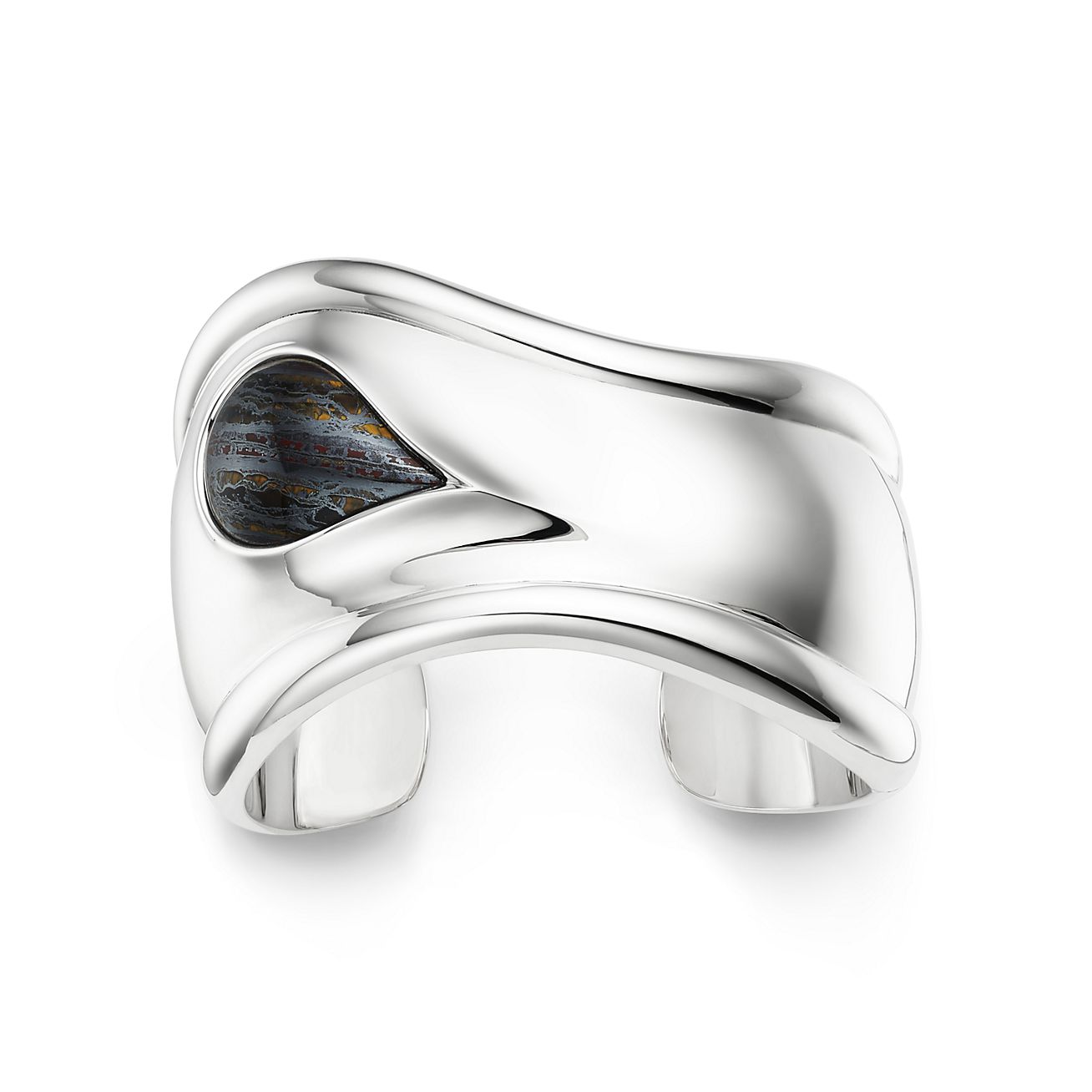Fashion's Elite Have Been Quietly Wearing This Exclusive Piece of Jewellery for 50 Years
Tiffany & Co's iconic Bone Cuff hasn't reached peak virality, which is part of it's enduring appeal argues SEO writer, Ava Gilchrist.
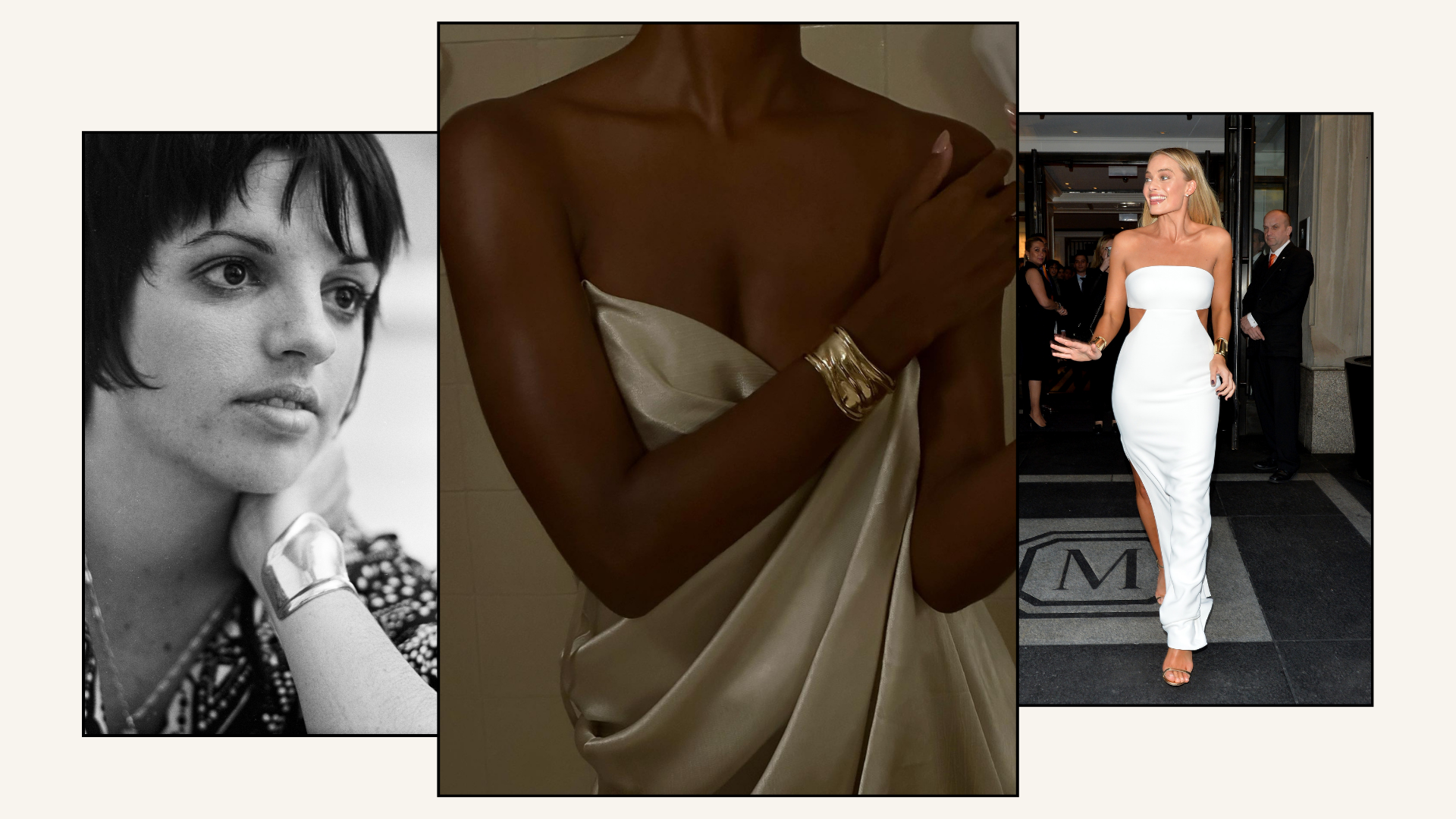
To some, the wrist is a place to adorn jewellery—not be inspired by it. But for vanguard jewellery designer Elsa Peretti, this humble joint was more than a site for her creations to rest. In 1970, this idea propelled her to make one of her most celebrated pieces, the Tiffany & Co. Bone Cuff.
Sculptural by design, the Bone Cuff features gentle curves that bend to the body’s shape, wrapping around the arm and even protruding at the pea-sized part of the wrist that plunges out. (In medical terms, this is called the pisiform.)
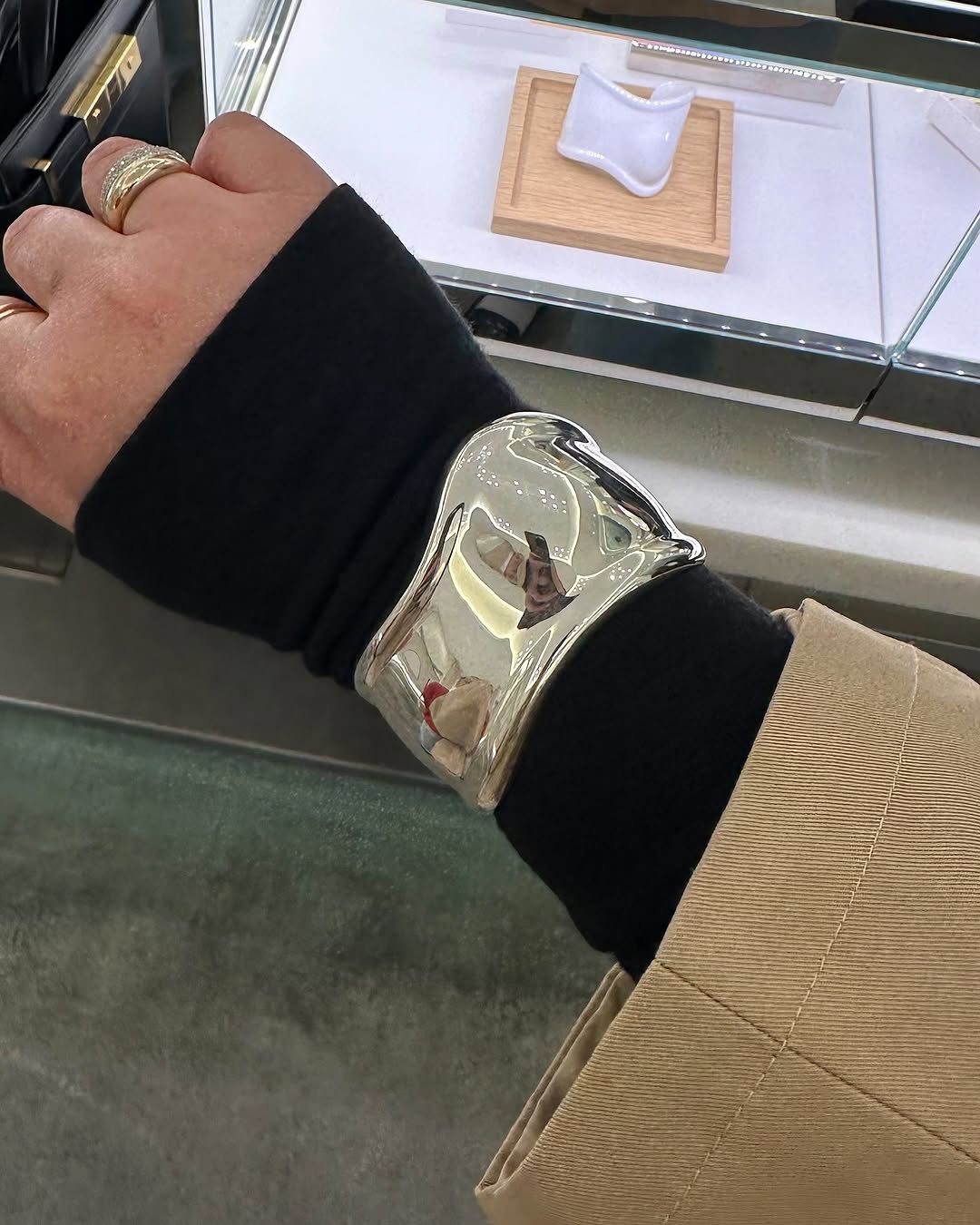
Now, over 50 years later, the Bone Cuff has cemented itself as one of the most enduring and impactful designs of the 20th century, with everyone from Margot Robbie and Jasmine Tookes to Samantha Jones and even Wonder Woman wearing the New York maison’s revered motif.
But how did a piece inspired by a childhood visit to an Italian tomb translate into a hallmark of discerning taste and end up in the hands of stylish people around the world? Tracing its legacy from its inception to its synonymity with Manhattan—the Bone Cuff has graced many a Met Gala and Studio 54 dance floor—and bona fide cult status, join me as I uncover the history and heritage of the Tiffany & Co. Bone Cuff ahead.
Shop the Tiffany & Co. Bone Cuff:
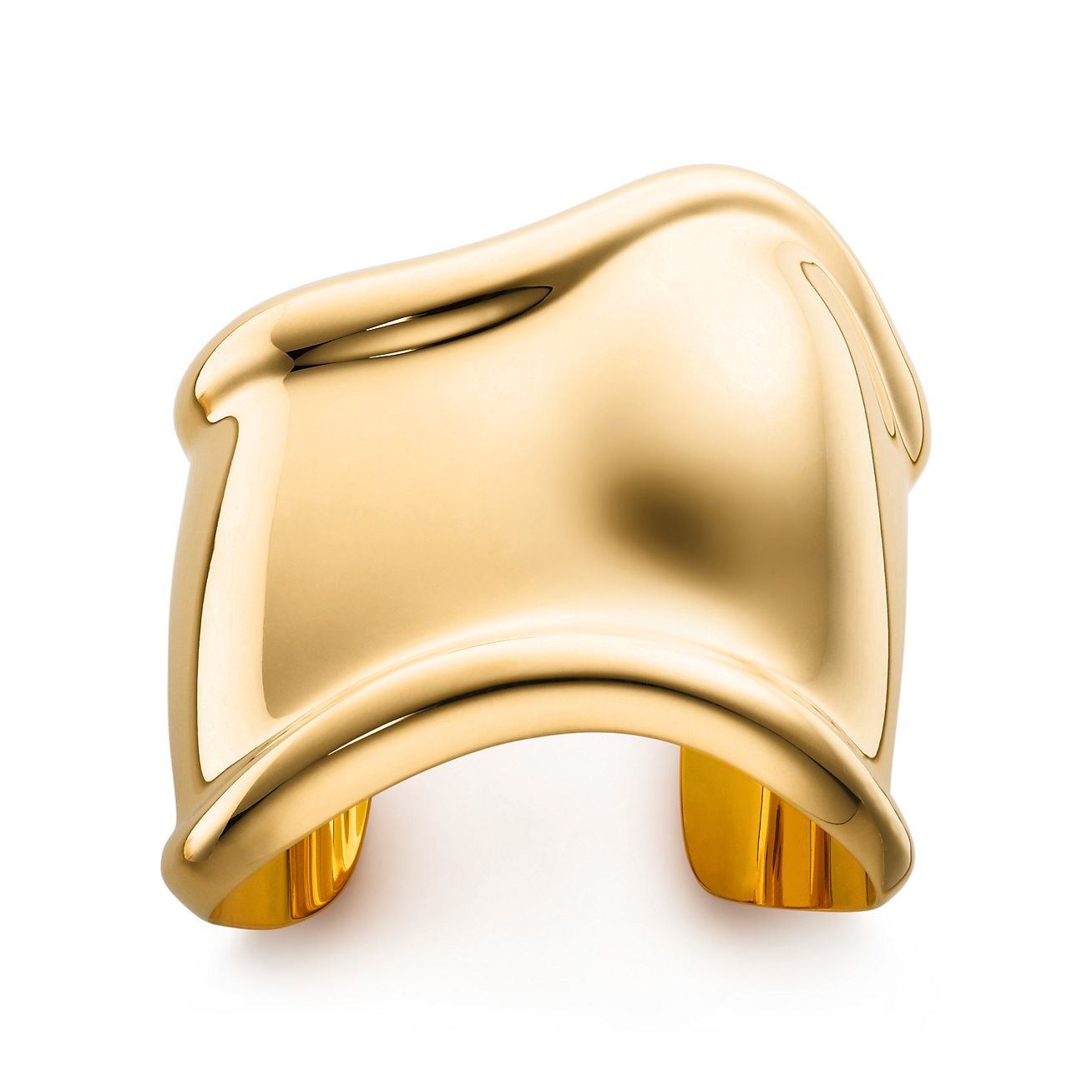
As stunning on its own as it is when worn on both wrists.
What Is the Tiffany & Co. Bone Cuff?
The Tiffany & Co Bone Cuff is a bracelet moulded out of metal. It was designed to follow the natural contours of the body, imbuing the piece with a sort of carnal sensuality courtesy of its innate curves and sleek undulation. The initial concept was a gilded bangle that hugged the forearm, which gave your look a sort of militant stature, considering how dominating the piece was. At the time, Peretti intended for the wearer to decorate both wrists with the Bone Cuff, styling them as a pair.
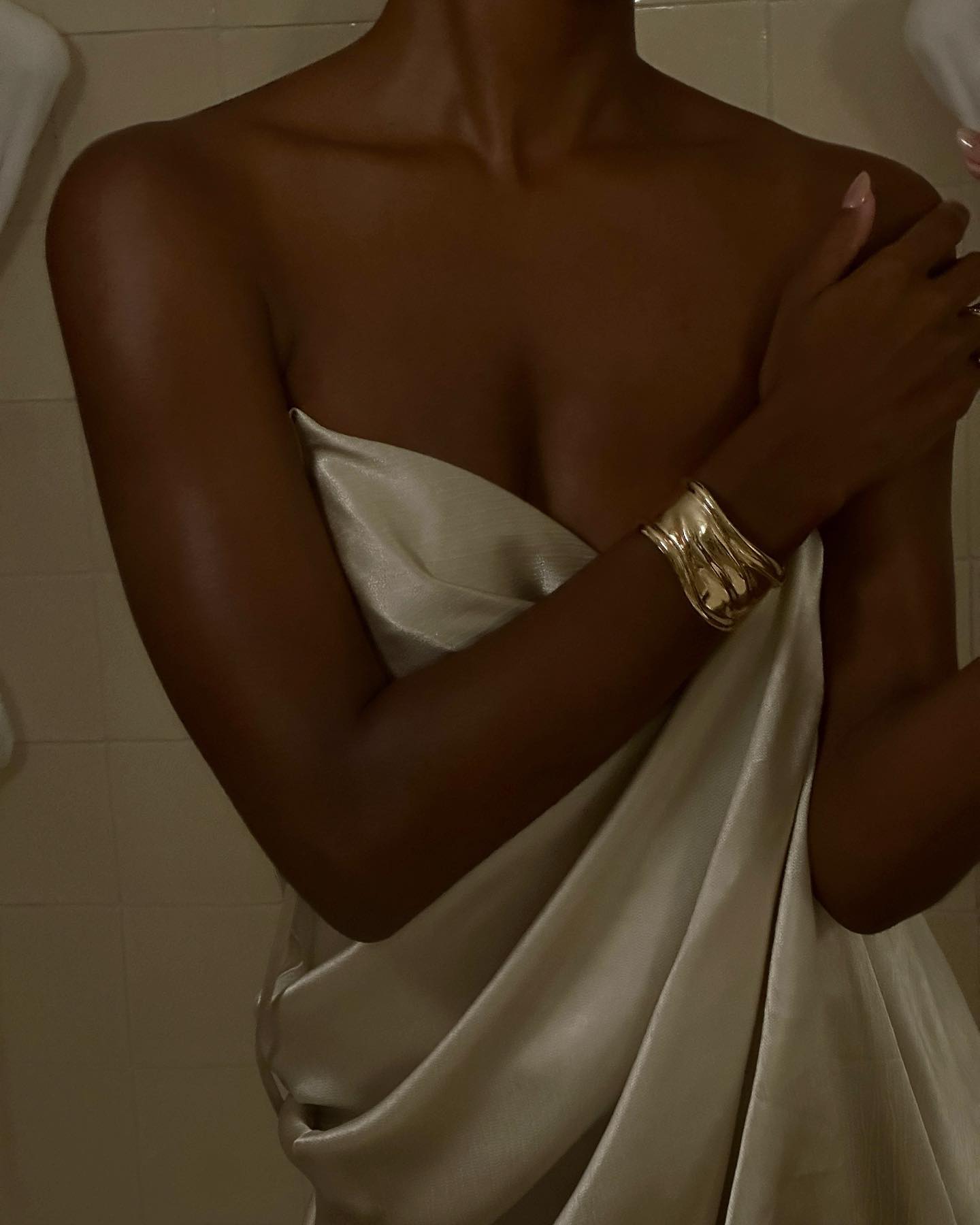
These days, there are a lot of iterations of the Bone Cuff. In 2024, Tiffany & Co. introduced new shapes to the lineup to commemorate the 50th anniversary of Elsa Perretti's relationship working with the brand. These special anniversary designs included rare versions set with pavé diamonds.
There are three key styles of the Bone Cuff, which are small, medium and large sizes, respectively. The small is 43 millimetres wide and asymmetrically shaped, while the medium version is 61 millimetres wide and features a more distinct ridge along with that distinct hump. The large is more recognisable, offered at a 95-millimetre width and a split that runs through the middle.
To Chelsea Fairless, the Los Angeles-based tastemaker, author and co-host of the legendary fashion and pop-cultural commentary podcast Every Outfit, the Bone Cuff is more than a piece of jewellery, but rather a “classic design object, like an Eames chair. It’s utterly timeless, yet so synonymous with the glamour of the ‘70s, Halston and Studio 54 and all that".
How Did Elsa Perretti Design the Tiffany & Co. Bone Cuff?
As the story goes, Peretti drew inspiration from a rather macabre source: A Capuchin crypt in Rome she visited as a child. The memory of coming close to the skeletal remains of thousands of deceased monks and friars was haunting, yes, but as Peretti herself quipped in one of her more famous quips, “things that are forbidden remain with you forever”.

Elsa Peretti lensed working at her desk, captured in 1976.
Antoni Gaudí, the Catalan architect who designed some of Barcelona’s most significant examples of the Art Nouveau movement, like the Basílica de la Sagrada Família, is also quoted as a reference source. Not only do these two elements reflect Peretti’s interest in transforming the mundane, but represent who she was as an artist herself. For the uninitiated, Peretti was born in Florence before she moved to Spain and ultimately to New York, where she lived and worked as a model before turning her hand to jewellery.
It’s this transient essence that defines the Bone Cuff as its ease of wear is what drew the bohemian and free-spired starlets of the day to the piece. It’s also what Fairless first identified with the piece.
“My formative bone cuff memories are all tied to Liza Minnelli, who I idolised as a child,” she says. “Apart from Elsa herself, Liza is most synonymous with the Bone Cuff. She wore them at Studio 54. She wore them in many of her most iconic portraits. She wore them on the cover of Interview a few months ago. To me, Liza is the ultimate style icon, and the cuffs are integral to her look.”

Liza Minnelli photographed in 1972, the year she won the Academy Award for Best Actress for "Cabaret".
On the design, Minelli herself once told Vanity Fair: “Elsa brought out all these things—the Bone [bracelet] I remember best. Everything was so sensual, so sexy. I just loved it. It was different from anything I’d ever seen, and I’d seen a lot. I’ve only really worn Peretti jewellery from then on”.
Why Is the Tiffany & Co. Bone Cuff So Iconic?
The Bone Cuff garnered a wide and warm reception upon its release, springing up on the arms of Grace Jones and Sophia Loren. It was entirely different to anything on the market, curiously shaped, unassuming yet captivating and, integrally, made out of silver which was a rather disregarded material of the time. (It was also entirely made by hand from solid pieces of sterling silver when it first entered the market.)
Like many iconic jewellery pieces, its enduring appeal can be chalked up to its timeless design. It doesn't bend to the style du jour or distinctly align itself with niche aesthetics or micro trends, surviving the shift in what’s popular in fashion for half a century.
“Peretti was able to create an extraordinary universe of groundbreaking designs that changed the course of Tiffany’s history and continues to resonate to this day,” Tiffany & Co.’s President and CEO, Anthony Ledru, said in a statement in 2024. More specifically, it’s not a super obvious design, meaning that its convertibility lies with a more exclusive set of people who know its history—and, therefore, its impact.
In 2016, Margot Robbie helped reintroduce the design to a new generation of luxury shoppers when she wore it to the 2016 Met Gala. Of course, those with a keen eye would’ve seen it crop up in both Sex And the City films on the arms of Carrie Bradshaw (Sarah Jessica Parker) and Samantha Jones (Kim Cattrall). As Fairless points out about these co-signs, “Even fictional It girls love a Bone Cuff!”

Margot Robbie leaves The Mark Hotel for the "Manus x Machina: Fashion in an Age of Technology" Met Gala on May 2, 2016, in New York City wearing Tiffany & Co's Bone Cuff.
More recently, you’ll find the Bone Cuff worn by discerning minimalists like Elsa Hosk, Jasmine Tookes and Rosie Huntington-Whiteley, though it’s increasingly becoming more of a cult item among younger shoppers. In the last 30 days alone, searches for the Tiffany & Co. Bone Cuff have increased by 110%. But will this make it the next cult item?
With endorsements from celebrities and the fact the Bone Cuff has been permanently enshrined in popular culture, has its mainstream visibility impacted its appeal? “Celebrities wear it because it’s a classic and versatile piece, not because it’s particularly trendy,” Fairless argues. “I have yet to see them really catch on with celebrities or the masses in the way that the Cartier Love Bracelet has, for example. I hope they never become that popular!

How Much Is the Tiffany & Co. Bone Cuff?
The Tiffany & Co. Bone Cuff varies in price, depending on the size and metal used. Prices begin at £700 for a black finish over copper and increase to £58,500 for the most expensive design featuring pavé diamonds.
How To Wear the Tiffany & Co. Bone Cuff
As the Tiffany & Co Bone Cuff is proudly fluid, the piece can be worn in numerous ways, be it with a bohemian ruffle dress or body-conscious shape and, like Rosie Huntington-Whiteley, styles below, arch jeans, polka-dot shoes and a fine-knitted top.
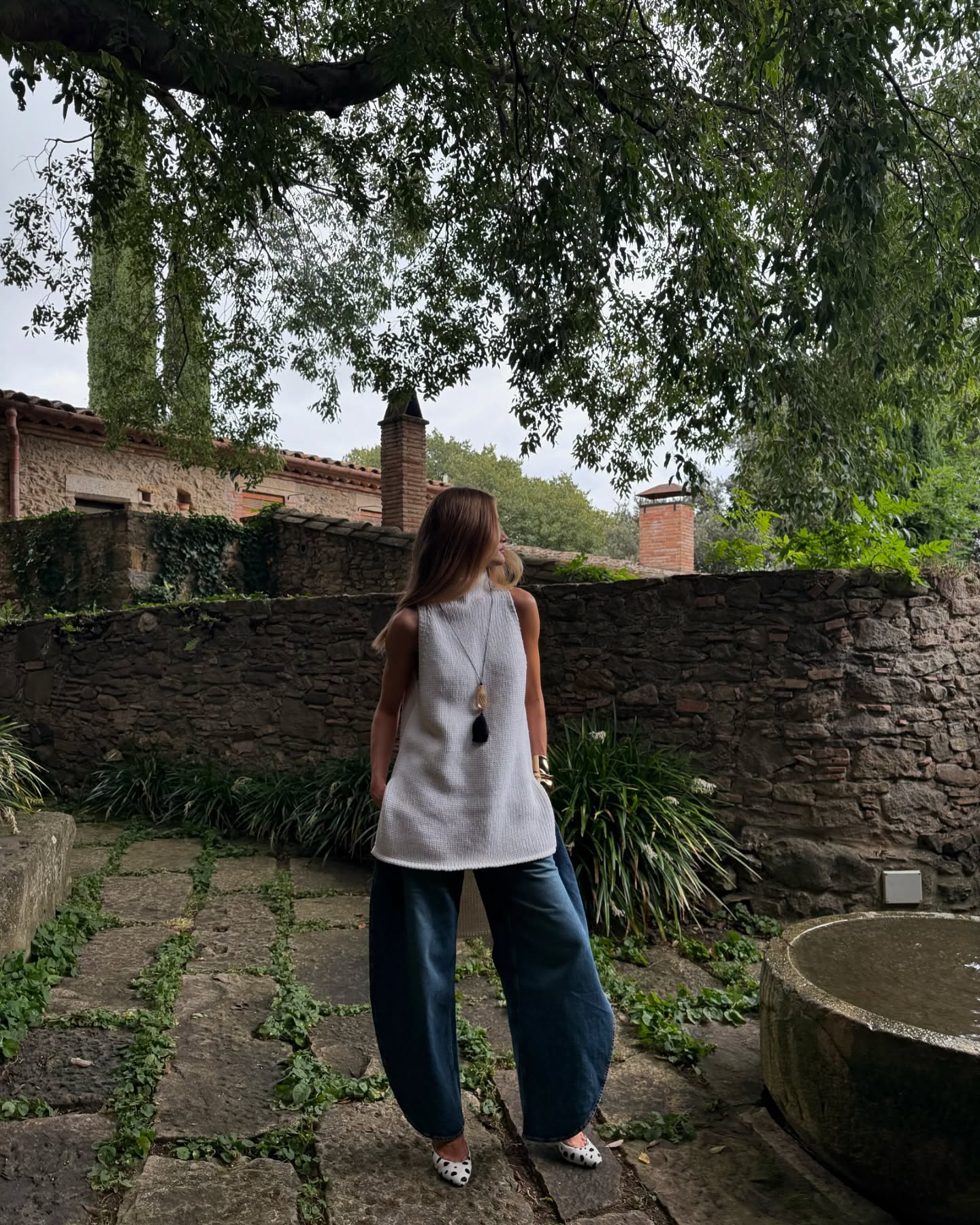
Shop the Tiffany & Co. Bone Cuff
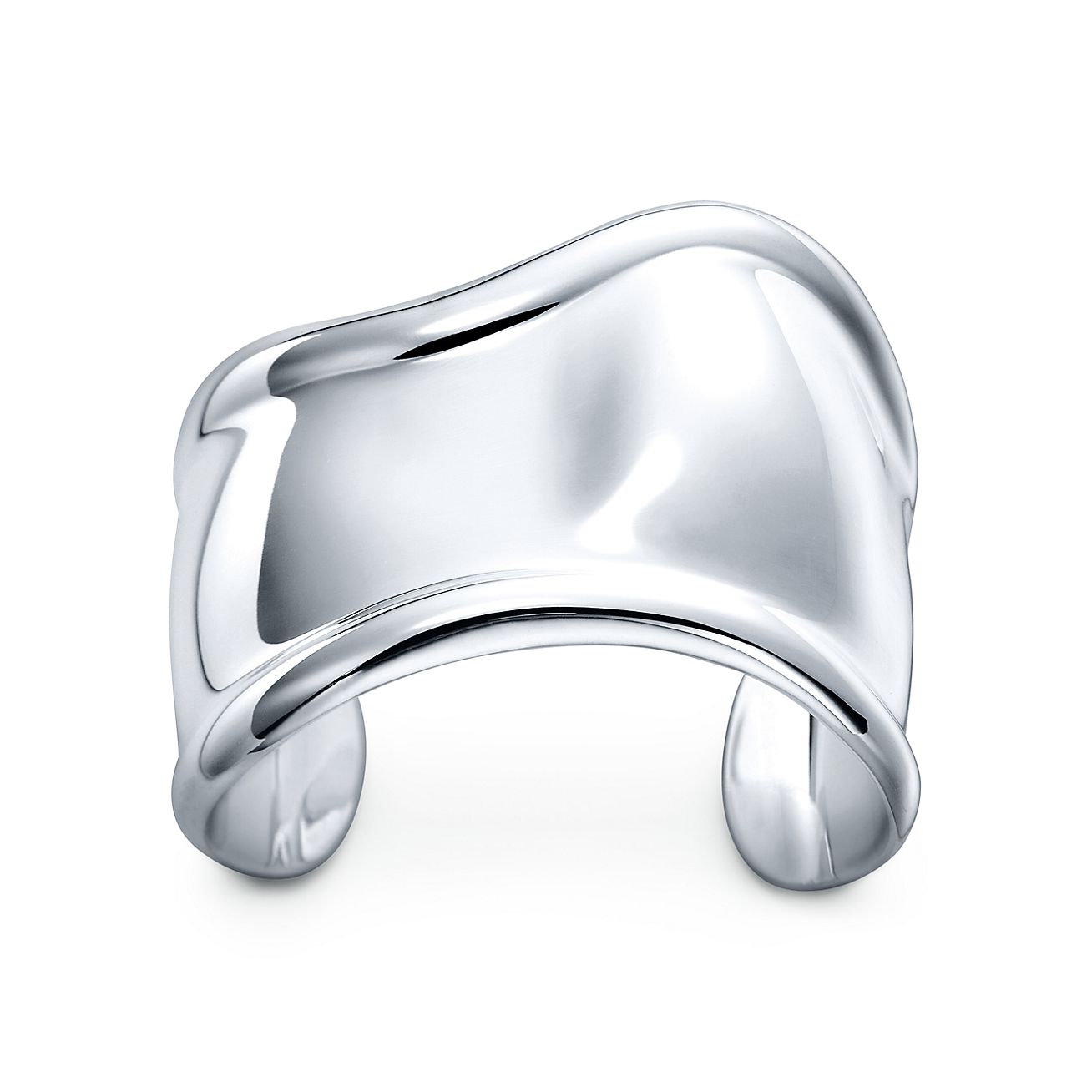
The silver version is the most similar to Peretti's original design, which makes sense why Fairless owns this one.
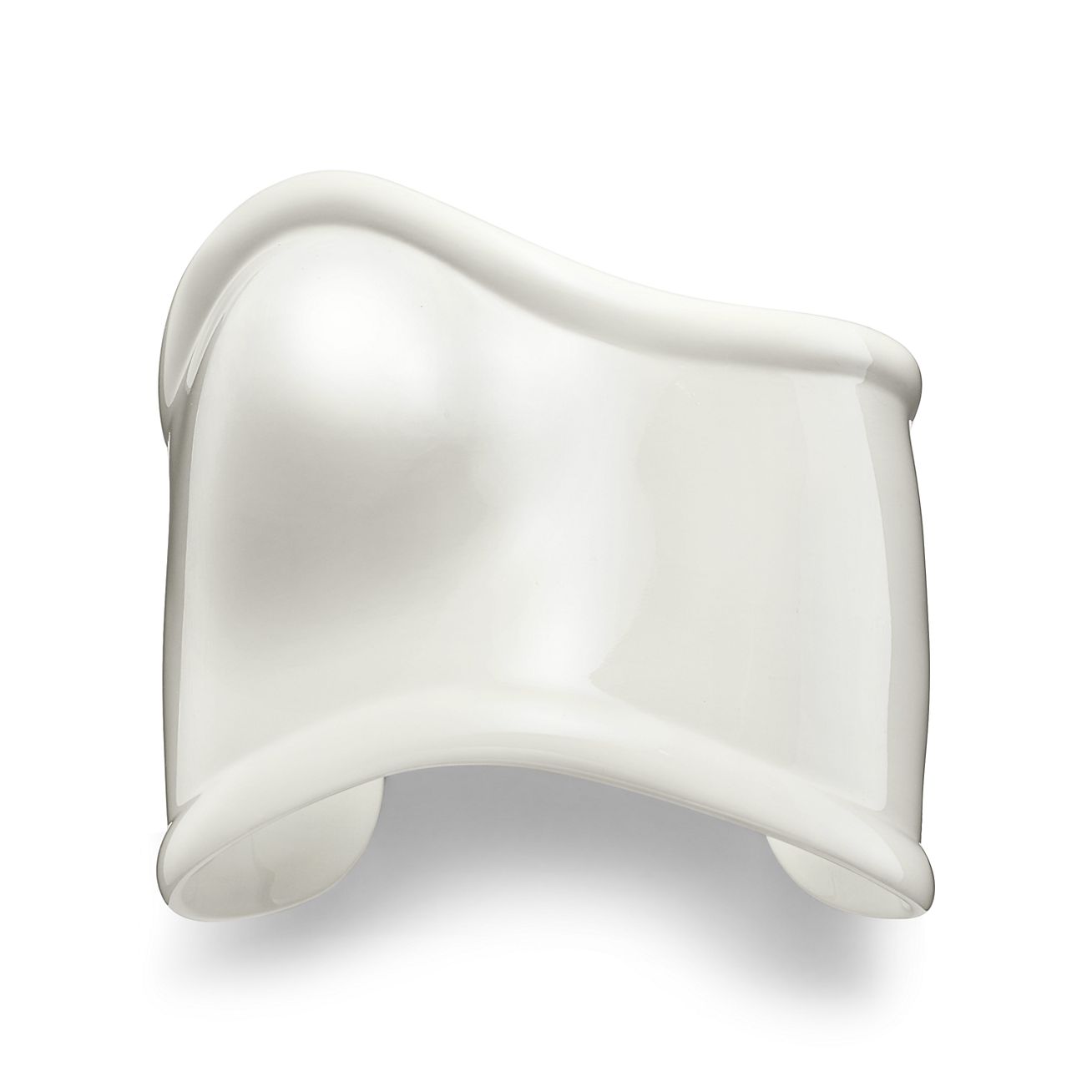
The white copper iteration is an elegant alternative to metals.

An ode to one of the fashion industry's most pioneering creatives.
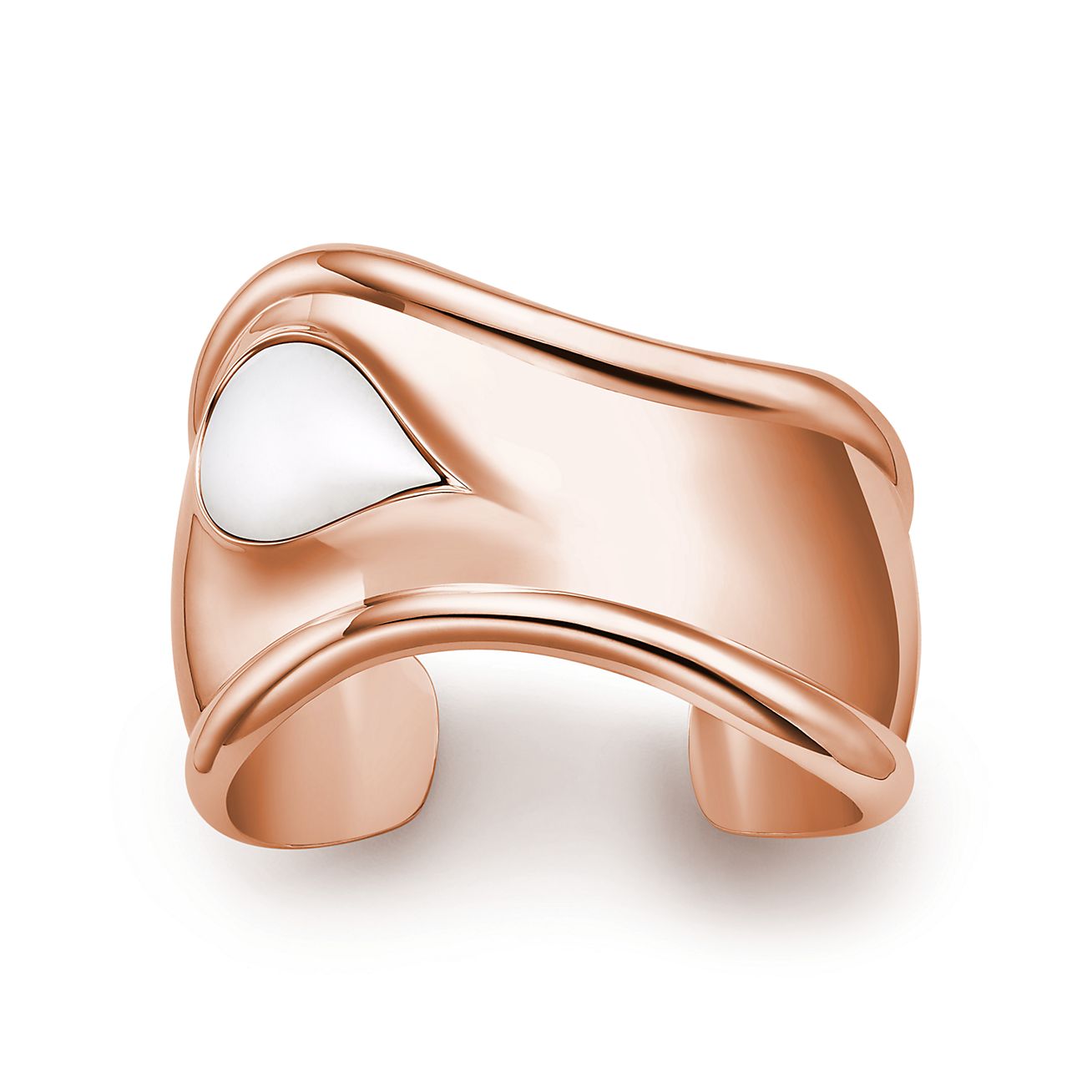
I adore the white jade stone poking out from the rose gold shell.
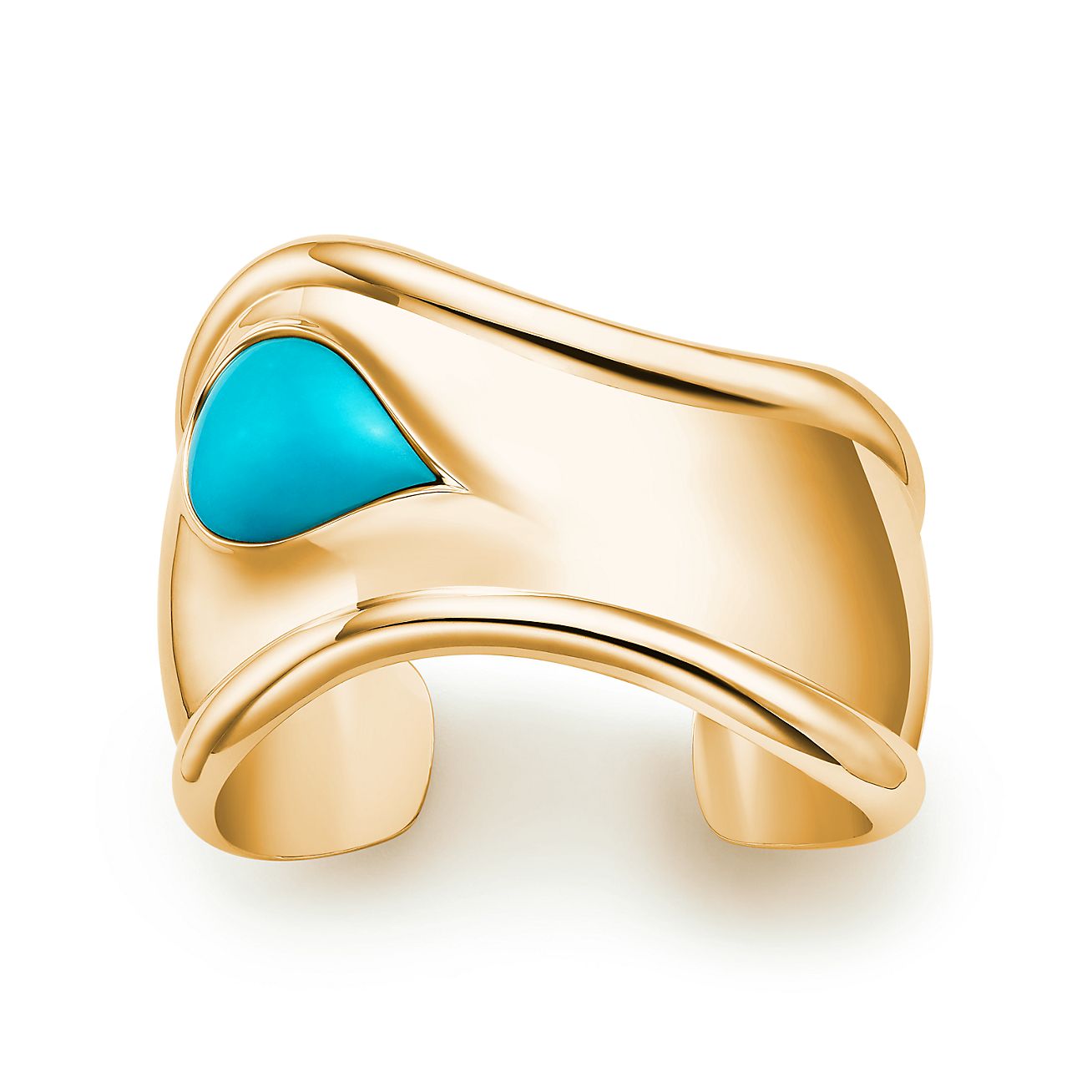
The turquoise detail really shines against the slick gold.
Ava Gilchrist is the SEO Writer at Who What Wear UK. Born in Sydney but now based in London, Ava has worked at some of the most prestigious women’s luxury and lifestyle publications including ELLE, Marie Claire and most recently GRAZIA where she held the title of Senior Fashion Features Writer. Ava has five years of industry experience, beginning her writing career after graduating with a Bachelor of Communication from the University of Technology, Sydney. Her words fuse style with substance, bringing readers insightful commentary on the latest fashion trends, runway shows, celebrity red carpet offerings, must-have shopping pieces, beauty hacks and pop cultural moments. As an editor, Ava has interviewed everyone from Kendall Jenner, Margot Robbie, Zendaya, Emma Corrin and Stella McCartney.
-
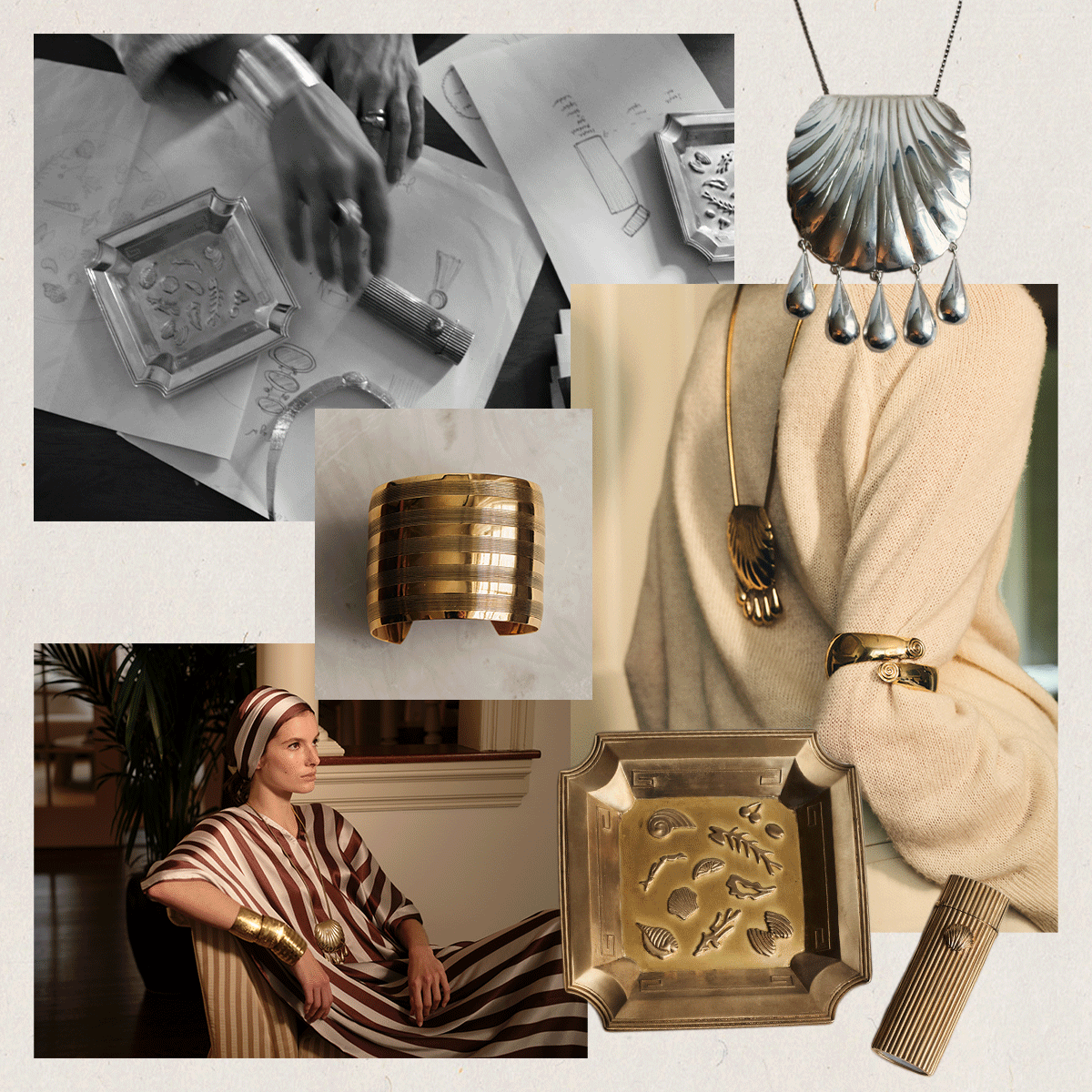 Is It Just Me, or Is Every Fashion Person Wearing This New York City Jewelry Brand?
Is It Just Me, or Is Every Fashion Person Wearing This New York City Jewelry Brand?Now, I understand why.
By Nikki Chwatt
-
 35 Incredibly Chic Luxury Finds I Would Immediately Buy If My Salary Tripled Tomorrow
35 Incredibly Chic Luxury Finds I Would Immediately Buy If My Salary Tripled TomorrowA girl can dream, right?
By Jennifer Camp Forbes
-
 5 Europe-Based Influencers I Follow to Find Out What the New Designer It Items Are
5 Europe-Based Influencers I Follow to Find Out What the New Designer It Items AreReady for some wardrobe envy?
By Allyson Payer
-
 Invest In America: Meet the Political and Creative Forces Driving American Fashion's Evolution
Invest In America: Meet the Political and Creative Forces Driving American Fashion's EvolutionThe future is now.
By Ana Escalante
-
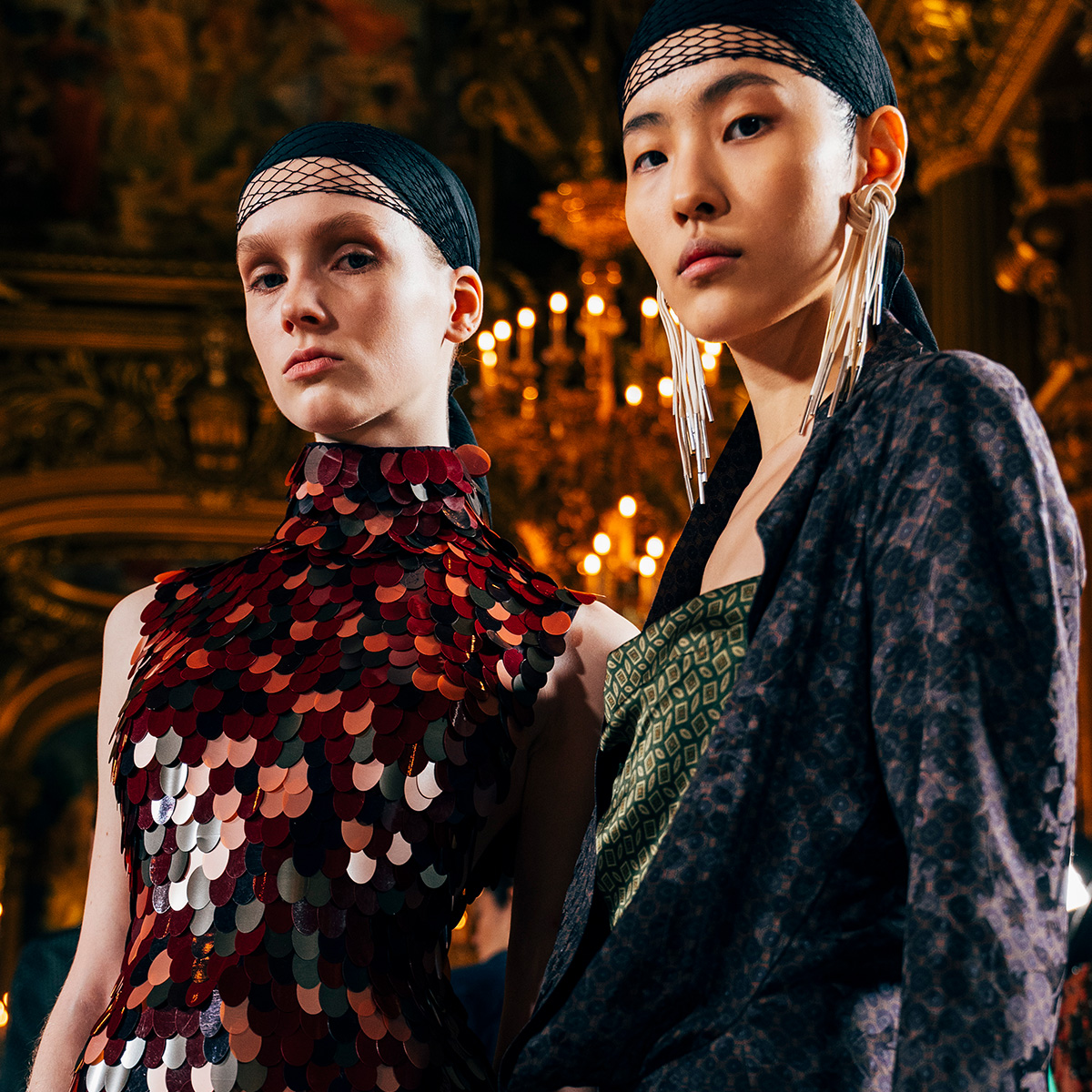 Julian Klausner's Dries Van Noten Is Everything We Collectively Hoped It Would Be (and Then Some)
Julian Klausner's Dries Van Noten Is Everything We Collectively Hoped It Would Be (and Then Some)A stunning debut.
By Eliza Huber
-
 I'm Telling All My Friends About the Elevated Brand NYC's Coolest Fashion People Already Know About
I'm Telling All My Friends About the Elevated Brand NYC's Coolest Fashion People Already Know AboutNow you're in the loop too.
By Nikki Chwatt
-
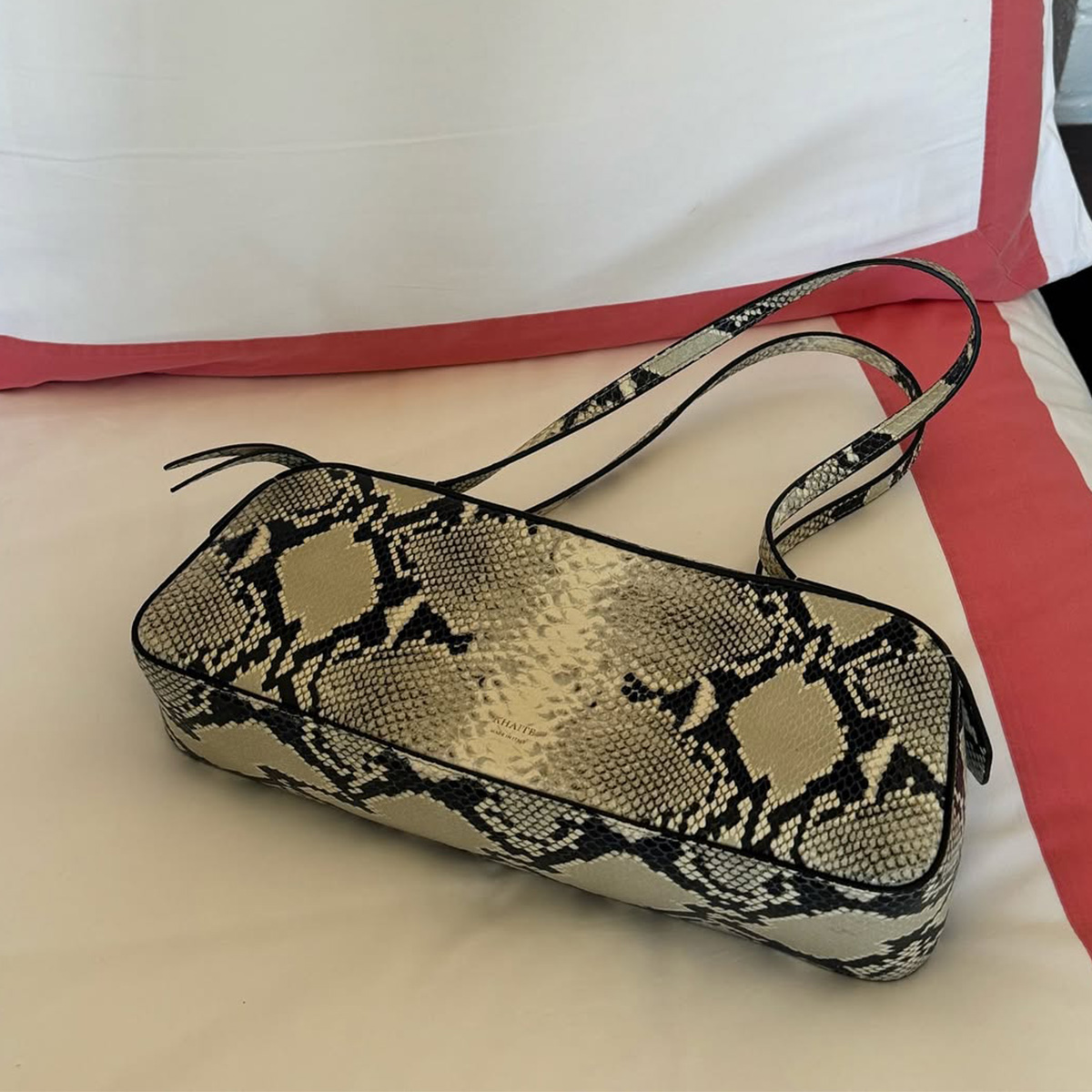 New-Season Prada and Sold-Out Khaite—35 Designer Discounts You'll Regret Missing
New-Season Prada and Sold-Out Khaite—35 Designer Discounts You'll Regret MissingDon't say I never clued you into these.
By Anna LaPlaca
-
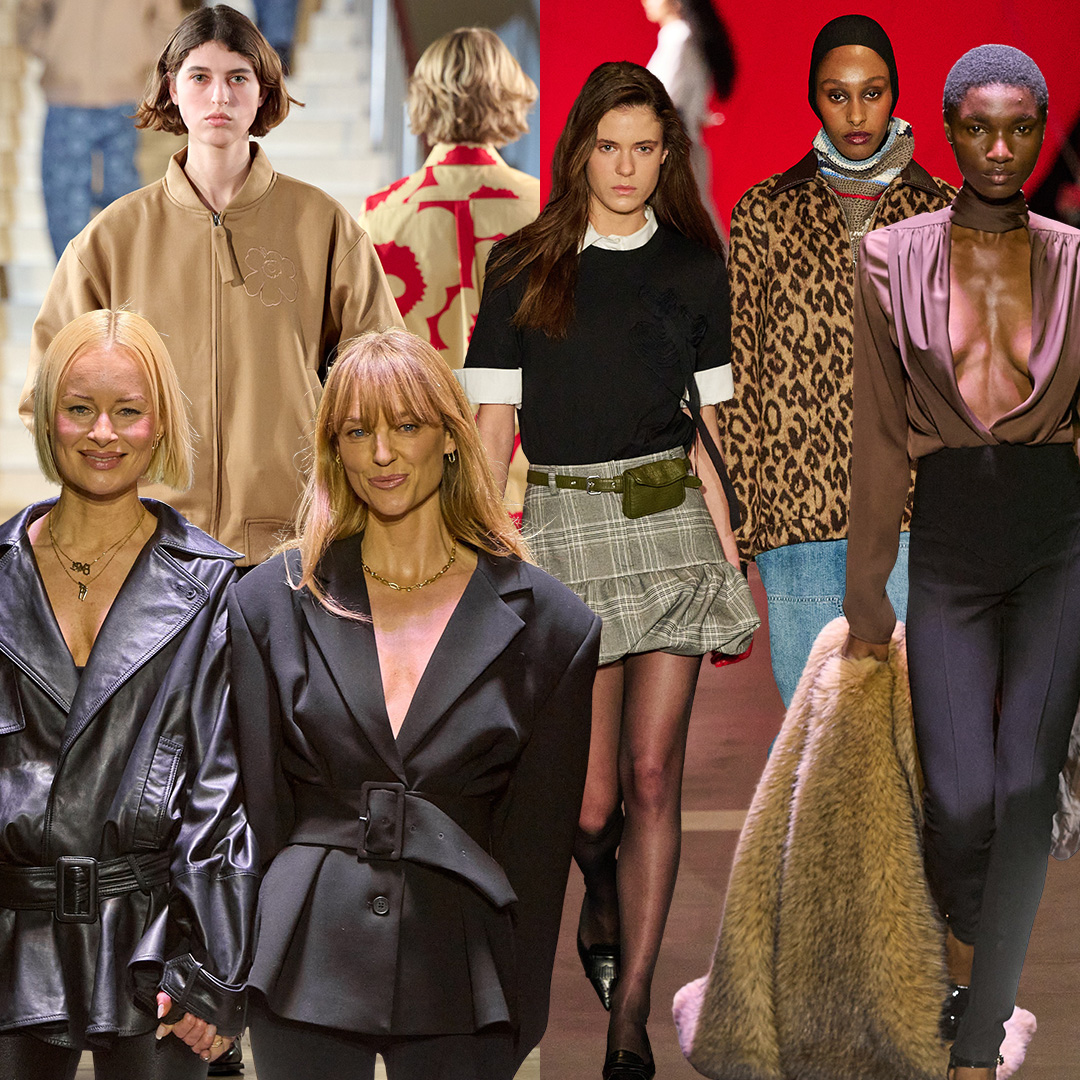 Copenhagen Fashion Week Is *the* Must-Have Ticket—These 7 Designers Are Why
Copenhagen Fashion Week Is *the* Must-Have Ticket—These 7 Designers Are WhyInside fashion's coolest capital.
By Ana Escalante
